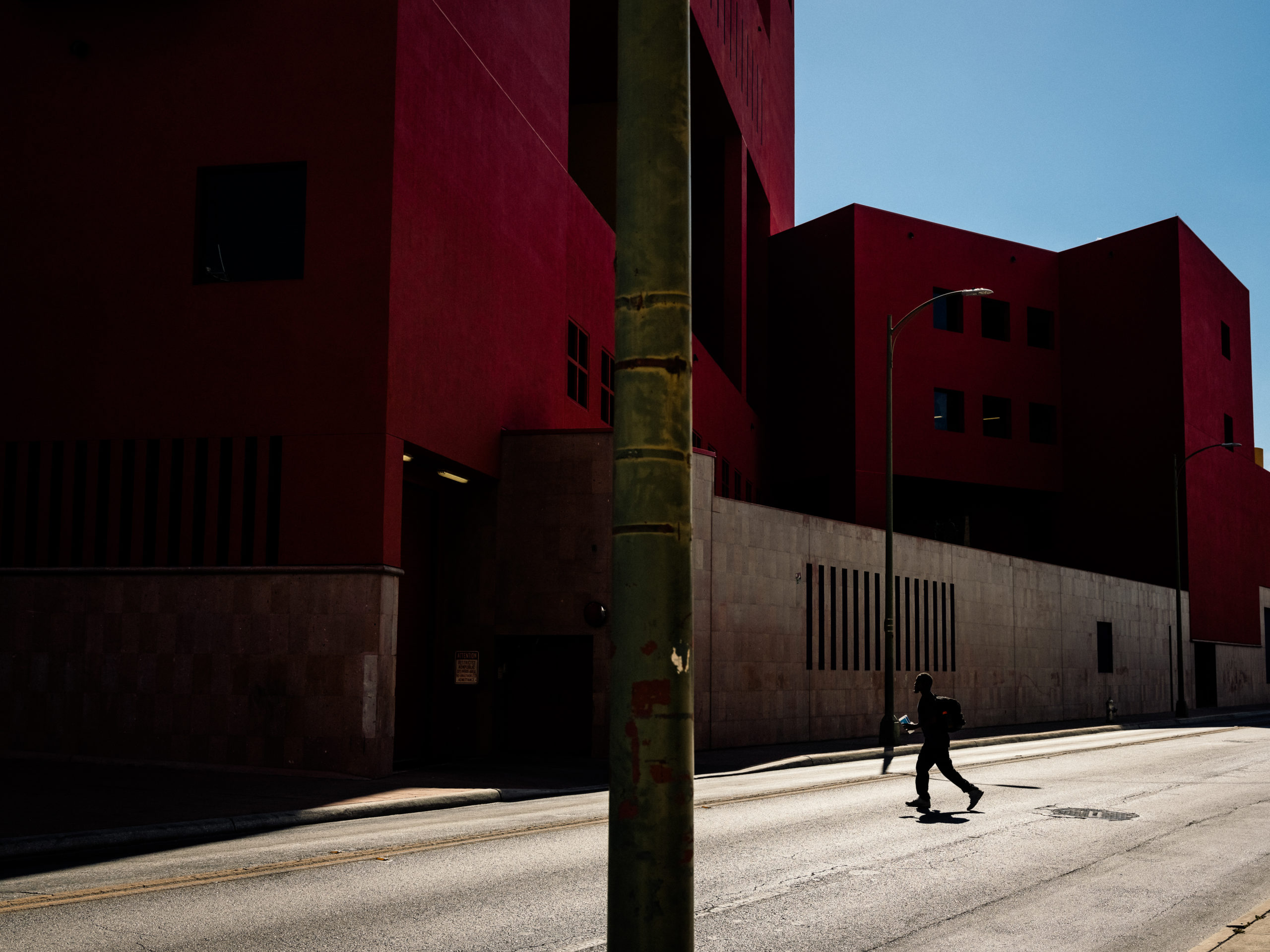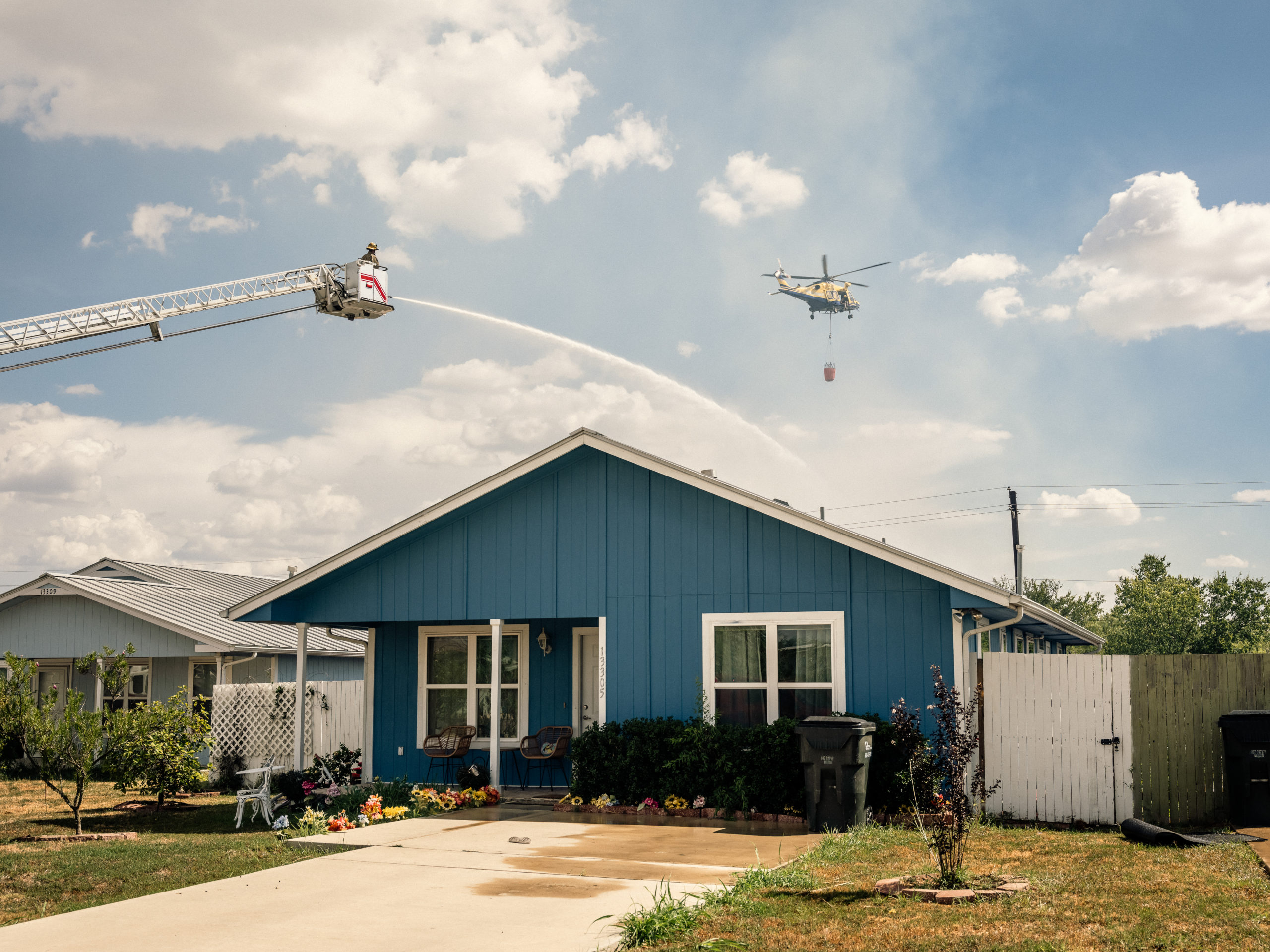Mention the month of July 2022 to Texans along the Austin-San Antonio corridor, and it will likely conjure involuntary feelings of relentless, all-consuming heat. All things being unequal, many of us escaped into air-conditioned homes, offices, and cars. If we lived close enough to a pool or a place like Austin’s Barton Springs and we could afford the entry fee, we dove in. But those who live and work outdoors or don’t have access to air conditioning faced the full force of the summer—blistering even by Texas standards. Houston, Austin, and San Antonio all logged record-high July temperatures; the state also set a new record for peak electricity usage, then broke it six more times before the month’s end.
For me, perhaps the most striking statistic comes from Austin’s EMS department: 223 “heat-related incidents”—including heat exhaustion or stroke—were recorded in July this year, compared to 85 in July 2021. This figure represents the elderly, the young, the infirm—anyone waiting on a bus too long while standing unshaded on the pavement. It represents those most vulnerable to our state’s weather extremes, which are set to become only more dangerous as the climate crisis advances.
In this photo essay, I’ve tried to document the visceral experience of heat in Austin and San Antonio. One-month-old Michael Madrid receives capfuls of water from his aunt as she tends to the family’s stalls at a southeast Austin flea market (he was brought into air conditioning shortly after the photograph was taken). A scene of asphalt, concrete, and metal outside San Antonio’s Central Library shows how impermeable materials create urban “heat islands,” an effect often concentrated in poor and non-white neighborhoods.
Possible solutions are in the works: San Antonio has been experimenting with a cool pavement seal coat, which currently covers the east side of the Hays Street Bridge, to help bring down surface temperatures, and the City of Austin is working with the University of Texas and East Austin community groups on a heat map to target heat-mitigation efforts. For now, though, Texans must sweat through it—some each year sadly succumbing—all of us praying the electric grid will hold, and hoping this won’t be the coolest summer of the rest of our lives.













